On the Same Page: Helping Team Members Recognize and Respond to Unconventional Communication Signals
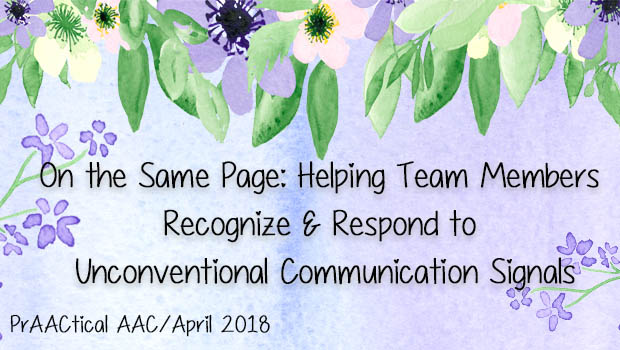
- Joaquin grabs my wrists when he wants me to play.
- Ariella bangs her fists together when she wants more of something.
- Brayden paces anxiously when he needs to use the restroom.
Do you work learners like these? Beginning communicators often use signals that are unconventional to express their emotional states, wants, needs, and ideas. That can work really well when the people in their lives recognize those signals and respond to the communicator’s intent. But when the signals are subtle or idiosyncratic, team members may miss them or misinterpret them. That’s unfortunate because when we accidentally ignore the beginning communicator’s signal or when we don’t respond in a way that reinforces their use, communication progress stalls out.
One way to help get everyone on board in recognizing those unconventional or subtle forms of communication is to create learner-specific ‘dictionaries’ that help those who are not intimately familiar with the individual learn to look for those signals, read or interpret them correctly, and respond contingently to the communicator’s intent. In today’s post, we share two resources for creating these documents.
Personal Communication Dictionary (PCD) or Personal Gesture Dictionary (PGD)
This handy resource was developed by the Oxford Health NHS Foundation Trust. 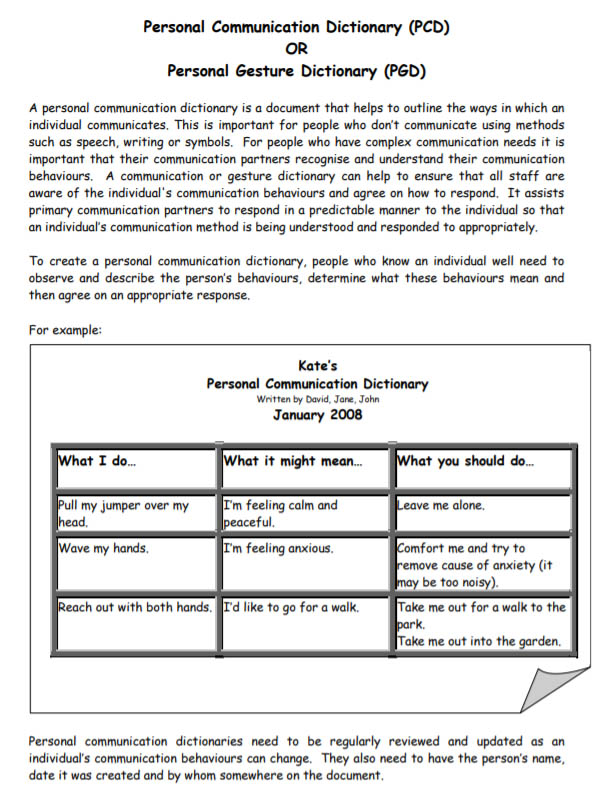
PrAACtical AAC Communication Dictionary
Here is our own template for you to use.
Do you use tools like these to help team members better understand the communication signals of beginning communicators? We’d love to hear about it.
Filed under: Featured Posts, PrAACtical Thinking
Tagged With: beginning communicator, gesture dictionary
This post was written by Carole Zangari

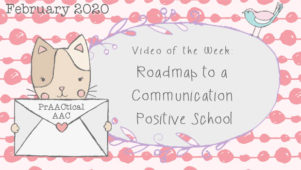
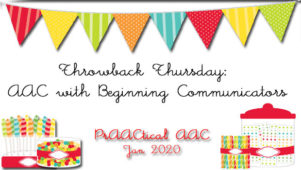
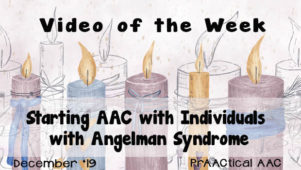
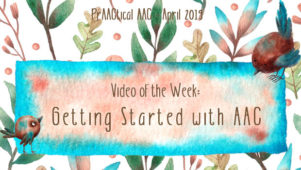
3 Comments
Hi Carole
We’ve been successfully using some variations of PCD and PGDs here. Would love to have the Practical AAC description, example & template translated into Thai if you approve. We will be certain to include attribution. Thanks
Absolutely, Nicole! Would love to have you send that to me once translated so that I can upload and share in an edited version of this post. 🙂
Hi Carole
Thank you for posting in this very important area, as there a many informal communicators out there whose days can be enhanced by responsive partners.
Can I offer a challenge or change to the model, in particular the third column?
I believe that in order for better communication to occur, the third column must have clear meaning for the informal communicator. This can begin by acknowledging the person’s message before responding toot.
An acknowledgement for Joaquin could be squeezing his hands on your wrists or on his wrists. An acknowledgment for Ariella is for you to place your hands on hers and repeat the motion of banging. For Brayden it may be to copy his movements and then say and gesture toilet.
The repeating of a person’s expression lets them know that you’ve seen or heard them and are interpreting. Without doing this, the person has less knowledge that they’ve be seen and heard, and that their movements have meaning. Just interpreting in words may not be understandable to the person.
Repeating the person’s messag back can then also open up a way to allow them to confirm or refute your interpretation. For example, if you repeat the person’s gesture of reaching out, the person can then confirm by grasping your hands and walking, or alternative reach your hands and guide you elsewhere.
The power of acknowledgement can perhaps be seen mostpowerfully in the example of the person waving their hands in anxiety. I’d you wave your hands similarly, with a concerned face and speaking the underlying message, “you’re worried?”, particularly with people with autism, you will often get a look of relief from the person as they fell like they’ve been understood. Feeling like you’re emotions are understood is an important step for then being able to cope with these feelings. In acknowledging first, then person may then show you what is causing the concern.
This different way of looking at the Personal Communication Dictionary may be helpful for some of the people that are supported.